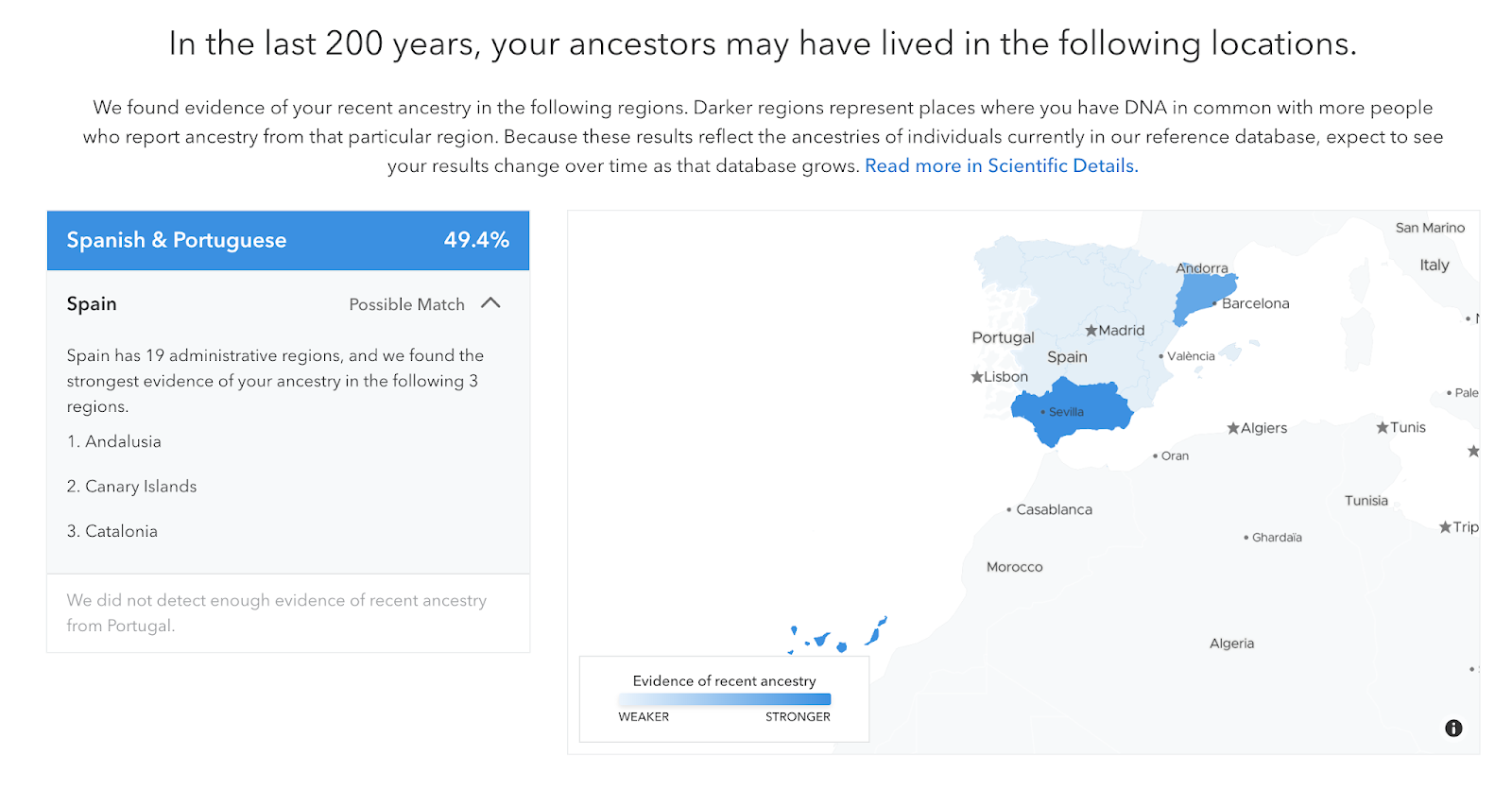- European Immigrationpuerto Rican Genealogy Society
- European Immigrationpuerto Rican Genealogy Ancestry
- European Immigrationpuerto Rican Genealogy Traditions

European Immigrationpuerto Rican Genealogy Society
Some Puerto Ricans are showing a higher percentage of Portuguese ancestry, in some cases even more than their Spanish ancestry. This site aims to recognize the influence the Portuguese have had within Puerto Rican history and help promote the “Portu Ricans” conversation within the greater Portuguese and Puerto Rican communities. As you research your genealogy, there have been a few tips and tricks that other Sephardic Jewish genealogists have said you should keep an eye out for. For example, taking into consideration the years your ancestors have traveled to your countries. I have ancestors who came to Puerto Rico at the turn of the 15th century.
The history of immigration into the United States from Puerto Rico is unique when compared to other countries. Technically it is not a history of immigration, but a history of migration since Puerto Rico has been a U.S. territory since 1898. This also means that the people of
Puerto Rico are U.S. citizens and are allowed to move in and out of the country as a normal citizen would.
When Puerto Rico first became a U.S. territory few people from the island came over to the mainland. Much of this was due to an economic depression that the island went through in the early 20th century. At this time many people were too poor to be able to afford the boat ride to the U.S. After WWII ended in 1945, the migration rate of Puerto Rican’s coming to the mainland skyrocketed and many of them ended up in New York and Florida. By 1946 there were more than 50,000 Puerto Ricans living in New York City, whereas in 1945 there were only 13,000. This was just the beginning of a great migration with more than 25,000 Puerto Ricans coming over every year. In 1953, more than 69,000 Puerto Ricans came to the U.S., which was a record breaking year, and by the mid-1960s there were more than a million Puerto Ricans living on the mainland. Some of the reasons that are speculated to be the cause of this migration are that transportation into the U.S. became affordable, U.S. companies recruited laborers from the island to work in their factories, and the economic status of Puerto Rico caused people to leave the island in search of new opportunities.


European Immigrationpuerto Rican Genealogy Ancestry

As of 2011, there is an estimated 4.9 million Puerto Ricans who live in the United States and this makes them the second largest population of Hispanic origin living in the United States.
Representation of Puerto Ricans in the U.S.

Will Fernando
Data from the recent 2016 Census show that about 76% of Puerto Ricans are from the white ethnic group, translating to more than 2.82 million people. Puerto Ricans of African heritage makes up the second-largest ethnic group in Puerto Rico, accounting for 12.4% of the total population. Mixed race is the third-largest group, with over 122,000 people identifying themselves as of at least two races. The Mixed Race group is followed by the American Indian and Asian ethnic groups, who account for 0.5% and 0.2% of all Puerto Ricans respectively. Native Hawaiians are the smallest ethnic segment in Puerto Rico, as they are only 370 in total, equivalent to 0.1% of the total population. About 290,000 Puerto Ricans identify themselves as being from “other races,” equivalent to about 8% of the total population.
Original Ethnic Group: Taino
The original residents of Puerto Rico were known as Taino Indians who inhabited the islands for centuries. The ethnic group was the only ethnic group in Puerto Rico for hundreds of years, until the arrival of Europeans in the 16th century. A census conducted in 1765 showed that 49.6% of Puerto Rico inhabitants were of “other races,” which was the dominant ethnic group of the time. The arrival of the early Spanish settlers signaled the decline of the Taino, as they brought with them diseases against which Tainos had no defense, such as influenza, chicken pox, and measles. These diseases virtually wiped out the Tainos in Puerto Rico, leaving the white Spaniards to become Puerto Rico’s new dominant ethnic group.
African Slaves
The black ethnic group or Puerto Ricans of African ancestry originated either from slaves or freed slaves. Since its occupation of Puerto Rico, Spain had brought in African slaves to work in farms in the islands. By the 16th century, African slaves were trooping into the islands in their thousands. A 1791 slave revolt in neighboring Saint Domingue (modern-day Haiti) saw scores of French people settling in Puerto Rico, as they escaped from the turmoil that ensued.
Dominance Of The White Race
European Immigrationpuerto Rican Genealogy Traditions
Puerto Rico would later become part of the United States, and as such, it was governed using American legislation. One such legislation was the controversial “Naturalization Act,” enacted in 1790 and signed into law by President Washington. The Act stipulated that only white immigrants were permitted to settle in the United States. According to the law, all people of white complexion, including Indians, Jews, and Arabs, were classified under the “white race.” During the period, the white race was dominant in Puerto Rico, with records from the 1830 census showing the race constituted 45% of Puerto Rico’s total population. The controversial act remained in force until 1870, when it was amended and allowed persons of African heritage to obtain American citizenship. Even then, the white race accounted for more than 50% of the population. Jews settled in Puerto Rico in large numbers in the early 20th century during the WWII, as they fled persecution in Nazi-Germany. Jews in Puerto Rico would record an influx in the 1950s as they escaped the Revolution in neighboring Cuba.

Comments are closed.